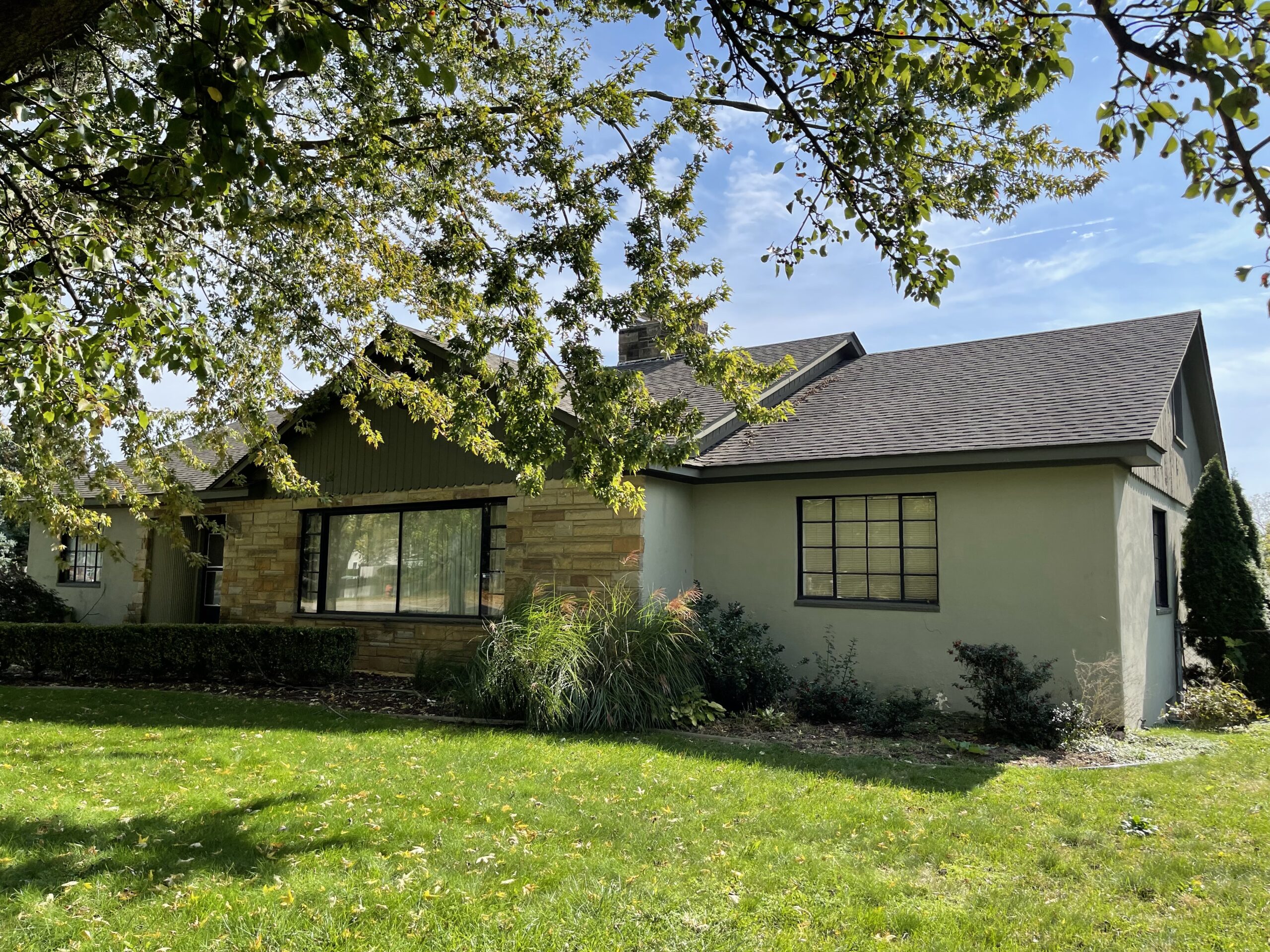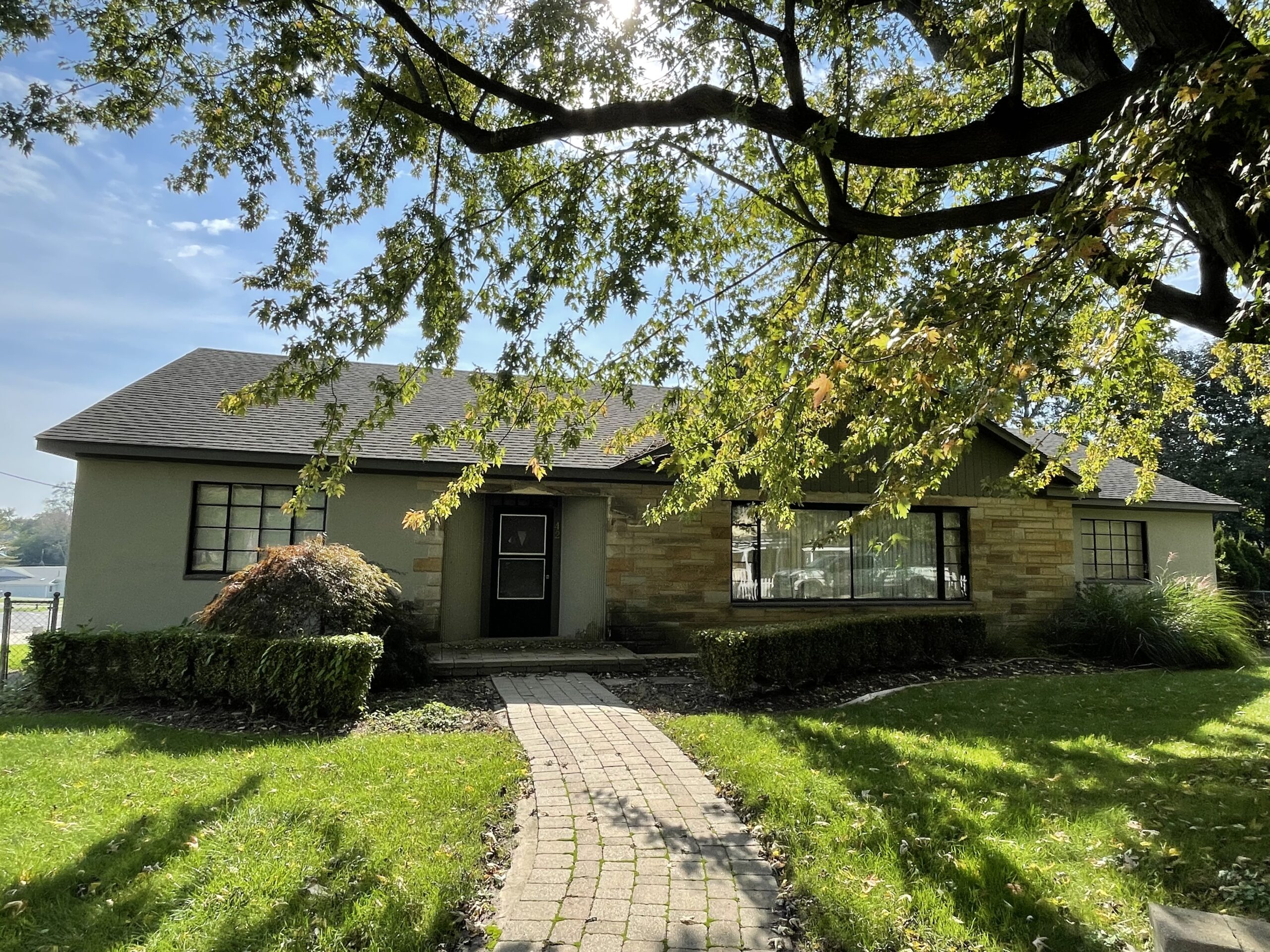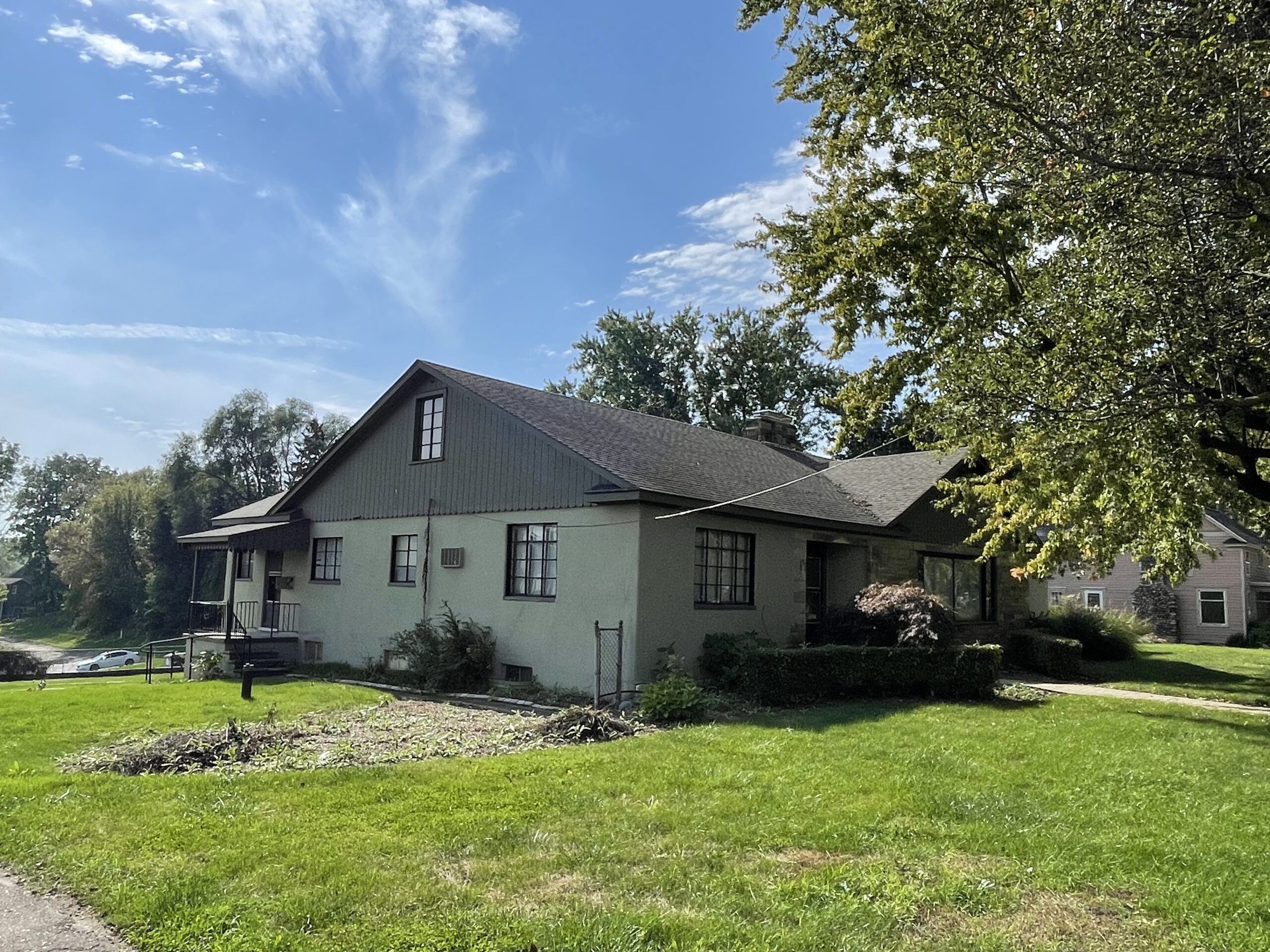I’m not sure why the default position of Clarkston government is always secrecy. If it weren’t for the city’s belief that the public is only entitled to minimal information, I wouldn’t feel the need to put the hours and expense necessary into the Clarkston Sunshine website to more fully inform my fellow citizens about what really happens in city council meetings (versus what the skeleton minutes say). As we saw recently, the city council violated the Open Meetings Act by asking the public to leave without taking a vote to close the session – with two of its lawyers present! Despite that, the minutes the city prepared and posted said a vote had properly been taken to close the session – when it absolutely had not. If it weren’t for Independence Television, Clarkston Sunshine, and Clarkston Secrets, the city would have been able to cover up that violation of the law. I know that people are interested in reviewing my summarized text of city council meetings based on the number of views that each post receives. If that were not the case, I wouldn’t put the effort into that endeavor.
I also wouldn’t have started the Clarkston Secrets website if it weren’t for, as the name implies, all of the secrets kept by Clarkston government. I use the Clarkston Secrets website to discuss specific city topics, such as the time the city outrageously agreed to accept $10,000 from a third party to pay a city obligation on the condition that the identity of the source of payment be kept “secret” from the taxpayers. I’m not sure why anyone at the city thought that doing something that suggested that even a whiff of the possibility of influence peddling was a good idea – especially since the fact was that the city’s insurer made the payment, something that was not objectionable. But if it weren’t for the Clarkston Secrets website, the city would never have felt the need to reveal the source of the $10,000 payment. Had they not deliberately chosen to hide information from the public, they wouldn’t have received all of the bad publicity that resulted from that decision.
Sadly, actions like these demonstrate that Clarkston city government believes that it operates independently of its taxpayers and constituents. This is completely unacceptable. While I know that government officials don’t like transparency (even though they always claim that they do), bringing things into the open that the government would prefer not to disclose is essential to keep government officials in their proper place; that is, directly responsible to the people who put them there and who are ultimately responsible for paying for everything that the officials decide on our behalf. And, while our city officials don’t perceive my efforts as “serving” the community, something that the mayor constantly encourages, they have done more to force the city to be more transparent than anything else I’ve seen during the almost twenty years I’ve lived in the City of the Village of Clarkston. As I learned the hard way, our government won’t disclose information to the public unless it is forced to do so most of the time.
I have years of experience working as a municipal attorney specializing in transparency issues, and I honestly don’t understand the cloak of secrecy the city places around settlements and ongoing litigation. Once a settlement is approved in closed session and the city council authorizes the city manager to sign it on behalf of the taxpayers, there is no reason that the settlement can’t be attached to the minutes so that the public can understand the terms and cost of a settlement made in their name. For example, wouldn’t you want to know that the city is paying out hundreds of thousands of dollars in sidewalk injury claims if that was happening? Of course you would! And the public’s awareness of something like that would bring appropriate public pressure to bear on the city council, forcing them to adjust their spending priorities away from buying unnecessary, cutesy little street signs to fixing the sidewalks and roads so that future injuries could be avoided. Perhaps that’s one of the reasons the city manager and city council choose to keep the public in the dark, making settlement agreements available only through a Freedom of Information Act (FOIA) request with no way for the FOIA requester to further disseminate the information to his/her neighbors without access to a website that is regularly visited by people who also want to know what’s going on in their own city.
That’s if the city even bothers to respond to a FOIA request when they are supposed to, even though failing to timely respond to a FOIA request is a violation of the statute and can result in an immediate lawsuit once the due date passes. I have two FOIA requests that have been lingering for weeks past the response deadline, one of which pertains to an injury sustained due to our badly maintained sidewalks (the Kay Valley case). As is typical, the city refused to disclose either the amount or the terms of the Kay Valley settlement to the public. In my FOIA lawsuit, the city and I agreed to settle the case for $160,000 in attorneys’ fees and costs. The city separately negotiated help to pay this amount from the city attorney’s malpractice carrier and the city’s insurer. It didn’t matter one bit how they came up with the money – Clarkston was on the hook for $160,000. Yet, after coming out of closed session, the city deceptively hid the terms and the total amount of the settlement from the public, disclosing only the portion that the city was paying directly toward the settlement, which was $35,000.
It’s clear that no settlement agreement comes before the city council for approval unless the person suing the city has tentatively agreed to it. In my FOIA case, the city council would not consider discussing the settlement agreement unless I signed it before they closed the session to discuss it. The authorization that the council gives to the city manager to sign a settlement agreement once they return to open session “seals the deal,” so there’s no reason that the public can’t learn about it at that point.
I fully support the city council’s right to have privileged discussions with their attorneys in a closed session, provided that these discussions meet the requirements of the Open Meetings Act (which certainly seems questionable at times). I also don’t expect the city attorney to discuss litigation strategies in a public session. However, I do expect the city attorney to factually answer a freaking question about materials that have been publicly filed in court. After all, these materials are available to anyone who wants them on request. More importantly, these are Clarkston lawsuits, and when someone is involved in litigation with Clarkston, it’s our lawsuit too. Surely the city attorney is smart enough to stick to the facts without disclosing any privileged strategy in an open meeting, or at least I think he should be. But, hiding things is the way he prefers to operate, given that it took me five years and a trip to the Michigan Supreme Court to get Clarkston records that the city attorney thought he was entitled to hide in a secret, off-site file – from both me and his client, the city council. It is no surprise that his malpractice carrier had to help the city pay for the attorneys’ fees in my lawsuit when it ended.
So, without further ado, here are the materials that the city attorney decided you weren’t entitled to know about regarding the pending motion in the case involving 42 West Washington. This is what the city attorney didn’t want to discuss at the January 24, 2022 city council meeting when the city’s litigation about this property came up during a presentation by the Historic District Commission.
The case is Lehman Investment Company LLC versus City of the Village of Clarkston and its Historic District Commission, case number 21-186123-AA, pending in the Oakland County Circuit Court. The litigation involves the owners’ desire to demolish the house at 42 West Washington. The house sits within the historic district, but it wasn’t considered important enough to add to the historic home inventory when that inventory was done years ago. It is a 1950’s concrete block construction, unlike most of the houses in the historic district that were built in the 1800’s. In other words, no one thought that it was very important at the time.
Lehman Investment Company is the plaintiff (the one bringing the lawsuit) and in this motion, they are also the appellant (because Lehman is appealing from an unfavorable decision of the State Historic Preservation Review Board). Clarkston and the Historic District Commission (HDC) are the defendants (the ones being sued) and are referred as the appellee. Motions are filed when a party wants to ask the court to do something, and they are almost always accompanied by a document known as a brief. In a brief, parties make arguments to try to persuade the court to rule in their favor, and briefs include references to court rules, statutes, and anything else that party thinks might be helpful. The other side has the opportunity to respond to the motion and to file its own brief, and they are usually trying to persuade the court not to grant the other side’s request. Motions are heard in Oakland County Circuit Court on Wednesdays. The hearing on this motion is scheduled for next week on February 2nd.
The attorney for Lehman filed the motion and brief on December 20, 2021. Some lawyers prefer to file their motion or response and brief in one document; others, like the Clarkston city attorney, prefer to file the motion or response as one document and the brief as another. Motions have numbered paragraphs, and an attorney responding to the motion will respond to each of the numbered paragraphs. Both attorneys will use the same numbering system, so if a motion makes a claim in paragraph #1, the attorney responding to the motion will reply in his/her own paragraph #1. This means that you have to read the motion and the motion response side by side to understand what the parties are saying. Motions contain mostly factual claims, and since they are signed by an attorney, the attorney is representing that s/he believes that the facts that are claimed are true.
I’ll briefly summarize the documents that were filed below, but it’s important to go to the documents themselves, read everything for yourself, and draw your own conclusions.
In its motion, Lehman Investment Company says that Clarkston and the HDC hid information from Lehman during the administrative proceedings involving this property. Specifically, Lehman shows that the city paid $80,000 to the previous property owners for damage caused by a collapsed storm drain that ran next to the house, something that Lehman says it only became aware of after filing several FOIA requests with Clarkston to get the information. Lehman’s motion goes into great detail about the damage, what happened in the case, how the city’s failure to provide complete information harmed Lehman, and it includes some additional documents that Lehman says support its claims. Lehman is asking the court to allow the additional materials it attached to be included in the court record so that the judge can consider them when making a decision on Lehman’s appeal. The brief that follows the motion provides the legal arguments why Lehman says that should happen. Lehman’s attachments consist of a letter regarding the previous settlement with Clarkston; a 2009 inspection, soil exploration, and crack reports; and a 2021 inspection report that concludes that the house should be condemned because it is “a danger to itself, to anyone who enters it, and to the general public.” All this material shows leakage from the city’s defective storm drain washed away soils under the house, causing dangerous settling and breaks in the structure – something that can’t be repaired without driving piles under the house and other extensive work that would exceed the value of the house. Lehman also included a sworn statement from Robert Roth (on behalf of Lehman). You can read all of these materials by clicking on this link:
20211220_MOTION_FLD_FOR_RELIEF-BRF-PLF_103055367
As we know, there are always two sides to every story. The city attorney filed an answer to the motion on January 20, 2022, using like-numbered paragraphs. He admitted some of the claims, denied some of the claims, and he didn’t answer some of the claims (saying that documents speak for themselves, that Lehman is making an argument rather than a statement of fact, stating that the city lacks enough information to form a belief about what Lehman said in its motion, etc.). This formalistic response gives you little information about what the real dispute is. And it simply lacks credibility when Lehman says that it let the city inspect the house and see the internal damage and the city answers that it is “without sufficient information to form a belief as to the inspection by the City.” Really? The city doesn’t know if it inspected the property? This is just another example of the city’s penchant for concealing things. Either it inspected the property, or it didn’t. A simple yes or no response would be appropriate. But the city apparently just doesn’t know what it did. You can take a look at the city’s response to each of the numbered paragraphs by clicking on this link:
20220120_ANSWER_FLD_TO_MTN_FOR_MISCELLANEOUS_RELIEF-POS-DFT_103096998
The city attorney also filed a three-page brief, arguing that the information that Lehman wants the court to consider should not be added to the record under the rules governing appeals and because the city had no legal obligation to provide this information to Lehman. After all, the city claims, Lehman could have found the previous lawsuit if they’d just looked for it and some of the damage (cracks in the basement) was obvious (though Lehman claims that the cracking just looked like normal, aging concrete). So, even though the city knew about these things, they didn’t have to say anything – too bad, so sad for Lehman. Rather than authorizing Lehman to tear down what Lehman claims a dangerous structure, the city apparently wants it to remain standing, force Lehman to repair it, and try to get this 1950’s block construction house designated as a “historic” structure while the appeal is pending. You can read the city’s brief by clicking on this link:
20220120_BRIEF_FLD_IN_OPPT_TO_MTN_FOR_RELIEF-POS-DFT_103096996
FYI, here are some photos of this “historic” structure that the fight is about:



No wonder the city attorney didn’t want to talk about this at the city council meeting. After all, if they can do this to Lehman, they can do something just as harmful to you – and you likely wouldn’t have the financial resources to pay the legal fees to fight them.
Believe me when I tell you that I know firsthand that Clarkston will hurt and try to destroy you if they can – even when Clarkston violates the law. In my FOIA case, and in my husband’s Open Meetings Act case, the city attorney (who was apparently consulted on every detail based on the legal services bills we saw) tried to deliberately destroy my husband’s ability to earn a living by threatening his license to practice law in collaboration with the city attorney’s “social friend” (the insurance-funded attorney). The two of them also tried to financially destroy me to the point where I wouldn’t have ever been able to retire. All of this was despite the fact that the city was wrong in both cases and was ultimately forced to admit that yes, it had violated the Open Meetings Act, and yes, the documents that I fought to obtain for five years were public records under the FOIA.
The city attorney reports to the city council and serves at their pleasure – and the city council is ultimately responsible for his reprehensible conduct. And if they are unaware of the sordid details, it means only that they deliberately avoided learning the details – but it doesn’t make them any less responsible for what is done in Clarkston’s name. And, in case you’re wondering, the insurance company is not paying the legal fees for this lawsuit – you are.
Buckle up, buttercup. The only one who will win in the end is the city attorney.

Another aspect of this is that the city’s insurer does not pay the bill for historic district legal battles, the Village of Clarkston taxpayers do. The legal costs for 42 W. Washington were at close to $15,000 at the end of 2019 when I stopped counting, and that was before the issue went to the circuit court.
This is only one of many issues caused by decisions of the Historic District Commission that the property owner disagreed with and challenged the decision. That is all they can legally do other than conceding to whatever the commission arbitrarily decides, and they do decide arbitrarily. I know because I have served on the commission and reviewed the documentation for their decisions.
It should also be noted that while the city council could take action on this, they don’t say anything, the legal expenses are incurred before they know anything about it, and they simply approve them without comment. That is a violation of state law and charter, as pointed out regularly by some citizens, but the city government cares little about the legality or appropriateness of their actions. It is hard to say what they do care about because the elected council members do and say so little.
An explanation for those who may not know is that there are contributing and non-contributing structures in a historic district. Contributing are those built and existing in the period of significance. Non-contributing are those built after or having no historical significance. The period of significance for the Village of Clarkston historic district is up until about the end of the 1920’s.
42 W. Washington, and the Clarkston Mills Mall building next to it, were both built after this time, the house well after. Both are documented as non-contributing although in the historic district.
The separate garage was constructed more recently and is therefore not documented in the city’s historic district applications since it didn’t exist at that time, although it is mentioned in some of the recent filings.